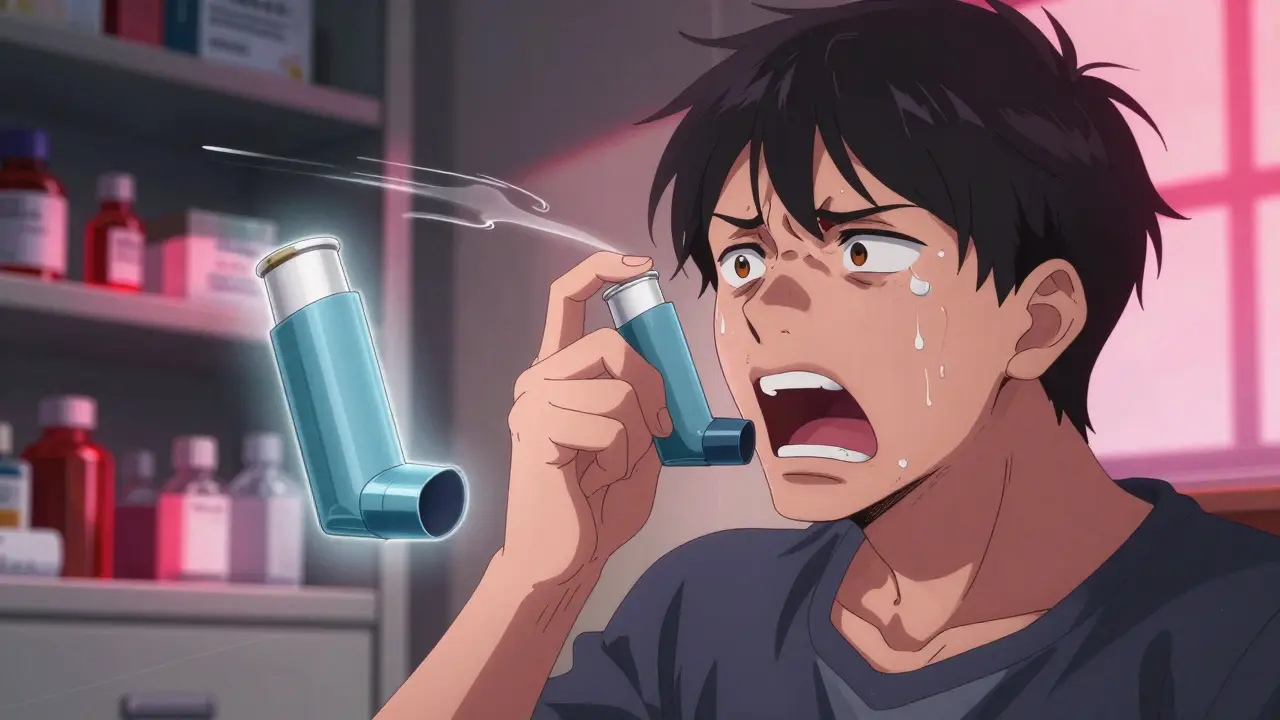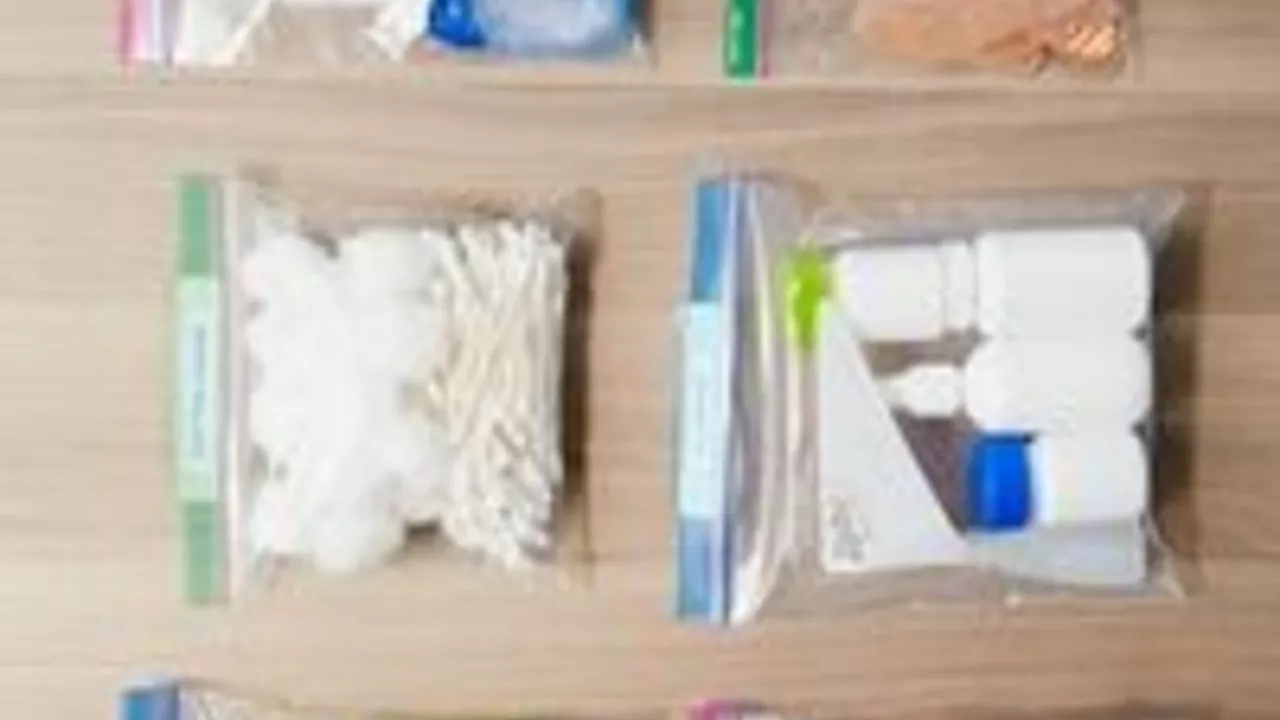Medication Disposal: How to Safely Get Rid of Unused Drugs
If you have pills or syrups sitting in a drawer, it's time to act. Keeping old medicine around can lead to accidental poisoning, misuse, and even harm to the planet. Below are straightforward methods that work for most households.
Use Official Take‑Back Programs
The safest option is to drop your meds off at a pharmacy or community take‑back event. These programs follow strict rules, so the drugs are destroyed without harming anyone. Look up local events on your city’s website or ask your pharmacist when the next collection day is. Most stores accept sealed containers, and some even have locked boxes you can use anytime.
Dispose at Home When No Take‑Back Is Available
If a take‑back isn’t nearby, you can still dispose of meds responsibly from home. First, mix the pills or liquid with an unappealing substance like coffee grounds, cat litter, or dirt. Put the mixture in a sealed bag or container and throw it in the trash. This makes it hard for anyone to dig out the medicine.
Never flush most prescription drugs down the toilet unless the label specifically says it’s safe. Flushed meds can end up in waterways and affect wildlife. Only a few emergency medications, like certain opioids, are approved for flushing.
Quick Checklist Before You Toss Anything
- Check the label – some drugs have special disposal instructions.
- Remove personal info from packaging to protect your privacy.
- Seal pills in a plastic bag with something gross‑tasting if you’re using trash.
- Keep children and pets away from the disposal area.
Doing these steps takes just a few minutes but saves lives and keeps our environment cleaner. If you’re unsure about any medicine, ask your pharmacist – they love helping with disposal questions.
Remember, proper medication disposal is part of staying healthy. It protects your family, neighbors, and the planet while preventing drugs from falling into the wrong hands.
Expired inhalers, eye drops, and topical medications can be dangerous to use and must be disposed of properly. Learn how to safely manage, dispose of, and replace these critical meds to avoid health risks and environmental harm.
In my latest blog post, I've shared some essential tips on how to handle apixaban medication properly. I've explained that it's crucial to store it in a cool, dry place, away from light and out of children's reach. Also, never flush the medicine down the toilet or sink, as it's harmful to the environment. Instead, we should follow local guidelines or ask our pharmacist for the best way to dispose of it. Remember, proper storage and disposal of medications like apixaban help maintain their effectiveness and safeguard our environment.


